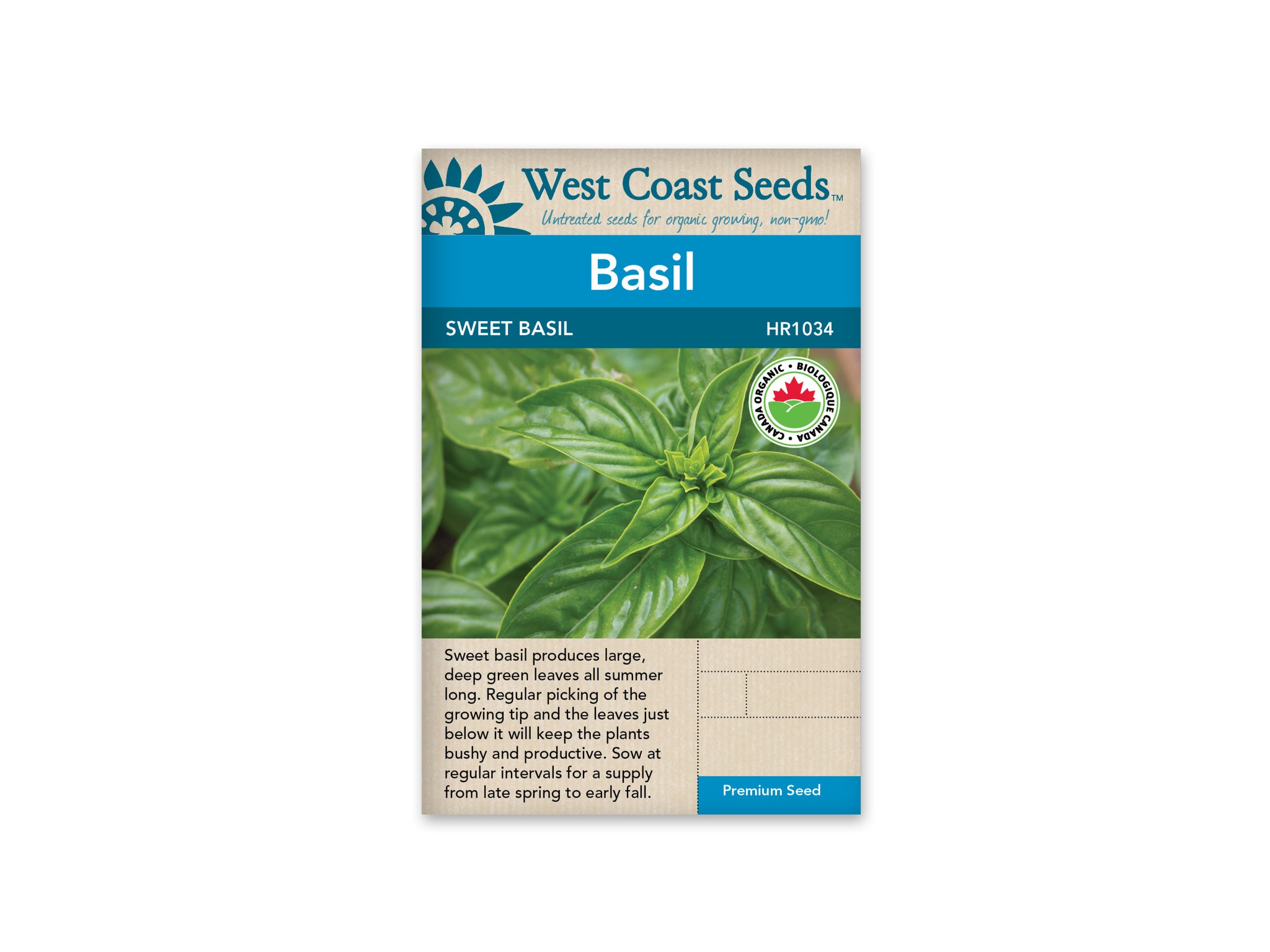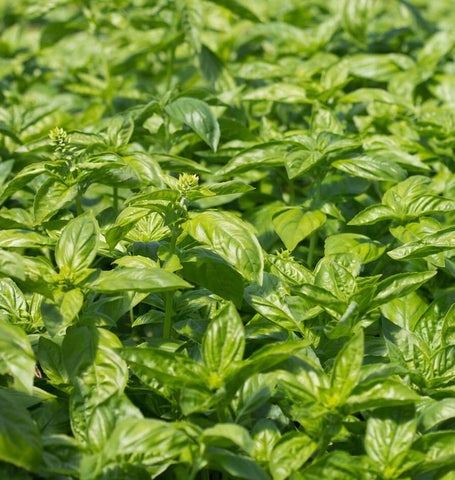Canadian Orders: Flat-Rate Shipping on Orders over $75 | Orders Over $150 Ship Free!
-
Shop
- New Arrivals
- Gardening
- Seeds
- Children + Baby
- Bath + Skin Care
- Baby Toys
- Books
- Puzzles + Games
- Loose Parts + Creative Play
- The Little Naturalist
- Play Chef
- Slings
- Apothecary
- Kids Lunches
- Accessories
- Sustainable Living
- Brushes / Brooms
- Food Storage
- Outdoors
- Coffee, Tea, Chocolate + Honey
- Coffee + Tea Accessories
- Water bottles + Travel Mugs
- Cookbooks
- Dishwashing
- Laundry
- Cleaners
- Accessories
- On The Go Essentials
- Self Care
- Face Care
- Body Care
- Hair Care
- Cosmetics
- Deodorant
- Toothpaste + Oral Care
- Sun Care
- Accessories
- Zero Waste Bathroom
- Soap
- Essential Oils
- For Men
- Books
- Apothecary + Natural Supplements
- Pet Care
- Shop Local
- Bulk
- In Store Pick Up
- Home Improvement
- Paint & Stain
- Discover
- Bulk Bar
Carrots — Rainbow Blend
Sold Out $4.69
Enjoy the diversity that carrots can bring to the garden. Plant Rainbow Blend carrot seeds to grow purple, white, red, and nice big orange carrots all in the same row. Get the most out of this collection by sowing as evenly as possible to reduce thinning and waste. Repeat sowings will provide a polychromatic carrot bounty from late spring to winter. Kids will love the variety of colours - and flavours.
Matures in 75-110 days. (Hybrid and Open-pollinated seeds)
Size: 0.75g (approx. 208 seeds)
How To Grow: It’s easy to learn how to grow carrots from seed. Carrots are biennials so they use their leaves in the first year to gather energy from the sun to build a big, starchy root. This is where they store their energy over the winter. The following spring they use that stored energy to send up a tall umbel of white flowers, looking strikingly similar to Queen Anne’s Lace, to which they are closely related. When the weather gets cold in the first year of growth, carrots convert a lot of their starches to sugars to act as a kind of antifreeze, so the roots become sweeter in winter.
Carrot Shapes
All carrots can be harvested immature as baby roots, which tend to be crunchy but tender, and quite sweet. They can also be left to reach their full size, shape, and colour, of course. All carrots are high in beta-carotene, a pigment that we metabolize as vitamin A. A lack of vitamin A can result in poor vision, hence the notion that carrots are good for eyesight. Carrots are also rich in Vitamins C, B6, and Niacin.
Because of the relatively vertical nature of the plant’s form, carrots can be grown fairly densely, and are therefore useful within the economy of space in a smaller growing area. That is, even a little garden can produce a lot more in carrots than by, say, lettuce or cucumbers. The seeds can be sown from early spring right through late summer for a harvest that will last nearly year round, so they form an essential part of nearly every vegetable garden.
The first main trick with carrot seeds is to sow them shallowly and then maintain moisture in that top layer of soil until they germinate. Because they may take as long as three weeks to germinate, this can be challenging, especially in hot weather or in exposed, windy gardens. The way to achieve this is to water very deeply prior to planting, and then either water very regularly or employ some other means to reduce evaporation. Some growers like to use lightweight row cover, which helps to maintain moisture and has the added benefit of keeping away the carrot rust fly. But we’ve also seen some growers simply lay a 2×4 beam, or even plywood, over the damp seedbed. This is lifted every few days to check on progress, and then removed at germination.
If you have the luxury of growing carrots without the presence of carrot rust flies, you may still be concerned with soil dwelling insects such as wireworms, which seem to be true lovers of carrots. They are so attracted to carrots, in fact, that a full-grown carrot makes a very good lure for wireworms. Just bury carrots or carrot pieces in several areas around the intended seedbed, and mark where you bury them. If wireworms are present, you can then dig up the carrot pieces and easily remove the wireworms from the bed, or at least go a long way to reducing their population.
Take extra care with the carrot bed to insure that the soil is loose and completely free of stones or other debris. Truly beautiful carrots are easy to grow if the extra time is taken to produce a good home for them. Avoid nitrogen-heavy fertilizers and manure that has not been composted for more than a year, as you may end up with big, bushy tops on pitiful, spindly roots.
Season & Zone
Season: Cool season
Exposure: Full-sun
Timing
Direct sow from just after the last frost date to late summer for harvests from summer through early winter. Sow at 3 week intervals for a continuous harvest. Direct sow winter-harvest carrots (where winters are mild) in the first two weeks of August. Optimal soil temperature: 7-30°C (45-85°F). Seeds may take as long as 14-21 days to germinate.
Starting
Because carrot seeds are tiny, they need to be sown shallowly. The trick is to keep the top-most layer of soil damp during the relatively long germination period. Water deeply prior to planting. Direct sow the tiny seeds 5mm (¼”) deep, 4 seeds per 2cm (1″), and firm soil lightly after seeding. Make sure the seeds are only just buried. Water the area with the gentlest stream possible, and keep it constantly moist until the seeds sprout.
Days to Maturity
From direct sowing.
Growing
Ideal pH: 6.0-6.8. The softer and more humus-based the soil, the better. When soil is dry enough in spring, work it to a fine texture. Broadcast and dig in ½ cup complete organic fertilizer for every 3m (10′) of row. Avoid fresh manure. Carrots will become misshapen, but still edible if they hit anything hard as they grow down into the soil. Keep weeded and watered.
Thinning
This is the process of removing some seedlings, if necessary, so each has enough space to grow in the row. It is very important to thin carrots so they don’t compete for available nutrients, moisture, and light. Thin to 4-10cm (1½-4″) apart when the young plants are 2cm (1″) tall. Use wider spacing to get larger roots. As they grow, carrots may push up, out of the soil, so hill soil up to prevent getting a green shoulder.
Here are some more good tips on how to grow carrots from seed.
Harvest
Carrots can be harvested at any size, but flavour is best when the carrot has turned bright orange - or its other mature colour. After harvest, store at cold temperatures just above 0ºC. Store in sand or sawdust, or simply leave carrots under heaped soil in the garden during the winter, and pull as needed.
Seed Info
In optimal conditions at least 60% of seeds will germinate. Usual seed life: 3 years.
Diseases & Pests
The Carrot Rust Fly – This pest lays its eggs at the base of the growing carrots. The larva of the fly chews tunnels and unsightly grooves through the surface of the root, causing rot. Unfortunately the damage isn’t just cosmetic; the activities of the Carrot Rust Fly larva changes the flavour of the carrot and makes it quite inedible. Use our floating row cover to keep the adults away from the carrots. Plant after the beginning of June to avoid the first and worst infestation period. The good news for apartment dwellers who want to grow carrots on their balconies is the Carrot Rust Fly is not a good flyer. It is unlikely to infest their high-rise crop.
Wireworm – These are the larva of click beetles. They are about an inch and a half long, slender and reddish brown. When squeezed they turn as rigid as a wire, hence the name. Wireworms chew irregular holes through roots, making the carrots inedible. Wireworms prefer a moist soil so preparing your carrot bed so that it is well drained will help. Interplanting with mustard leaf is an excellent way to discourage wireworm damage. The flavour of the mustard is one deterrent, and mustard also helps to dry out the soil, forcing the wireworm away from the roots.
Predatory nematodes are an effective control for both Carrot Rust Fly and wireworm. Apply generously in the spring when the larva of both pests is most active.
Companion Planting
Plant with bean seeds, Brassicas, chives, leeks, lettuce, onions, peas, peppers, pole beans, radish, rosemary, sage, and tomatoes. Avoid planting with dill, parsnips, and potatoes. Carrots planted near tomatoes may have stunted roots, but will have exceptional flavour. Chives also benefit carrots.
Download this Guide to Companion Planting booklet for more information, planting tips, and a helpful chart that indicates both companion and rival plants in the garden.
How to Grow Carrots Infographic Page 1
How to Grow Carrots Infographic Page 2
Rating: 4.5 stars basted on 2 reviews from westcoastseeds.com
Related Items
Charcoal & Rose Petals Bar Soap
$9.00
All bars are produced in small batches and hand-made in Peterborough, Ontario using all natural ingredients and a whole lot of love. All products are...
View full product detailsBamboo Toothbrush
$7.50
Brush with Bamboo is a USDA Certified Biobased Product by United States Government’s Biopreferred Program. A purchase of a Brush with Bamboo toothbrush is a...
View full product detailsBasil — Sweet Basil Organic
Sold Out $3.69
Sweet Basil organic seeds are CERTIFIED ORGANIC! This vigorous basil variety produces large, mid-green leaves all summer long. Keep picking the growing tips and the...
View full product detailsSign up to get the latest on sales, new releases and more…
© 2024 Sustain.
Ecommerce Software by Shopify




















